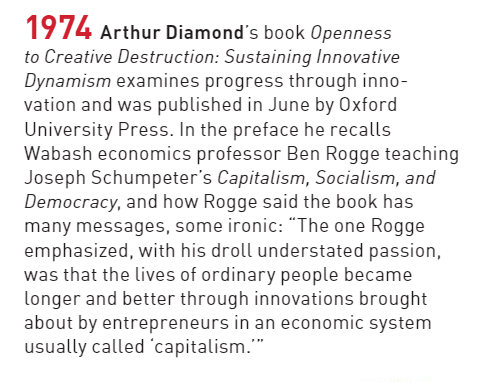(p. A23) . . . Ronald Reagan believed in the possibilities of a country that was forever reinventing itself. He knew, too, that the nation had grown stronger the more widely it had opened its arms and the more generously it had interpreted Thomas Jefferson’s assertion of equality in the Declaration of Independence.
He was about hope, not fear. And that is another reason his farewell address should be more widely appreciated: It’s a kind of final testament of an American president who had a genuine faith in the future. Mr. Reagan was a practical man, and he knew, as he put it, that “because we’re a great nation, our challenges seem complex. It will always be this way. But as long as we remember our first principles and believe in ourselves, the future will be ours.”
Or so we can hope. His last words on that long-ago Wednesday bear hearing, and pondering. “And how stands the city on this winter night?” Mr. Reagan asked. “More prosperous, more secure and happier than it was eight years ago. She’s still a beacon, still a magnet for all who must have freedom, for all the pilgrims from all the lost places who are hurtling through the darkness, toward home.”
They hurtle through that darkness even now. Mr. Reagan would have us light the lamp and open our arms — for that’s what cities on a hill do.
For the full commentary, see:
Jon Meacham. “Ronald Reagan’s Hopeful Farewell.” The New York Times (Friday, Jan. 10, 2019): A23.
(Note: ellipsis added.)
(Note: the online version of the commentary has the date Jan. 10, 2019, and has the title “Warren Buffett’s Case for Capitalism.”)


